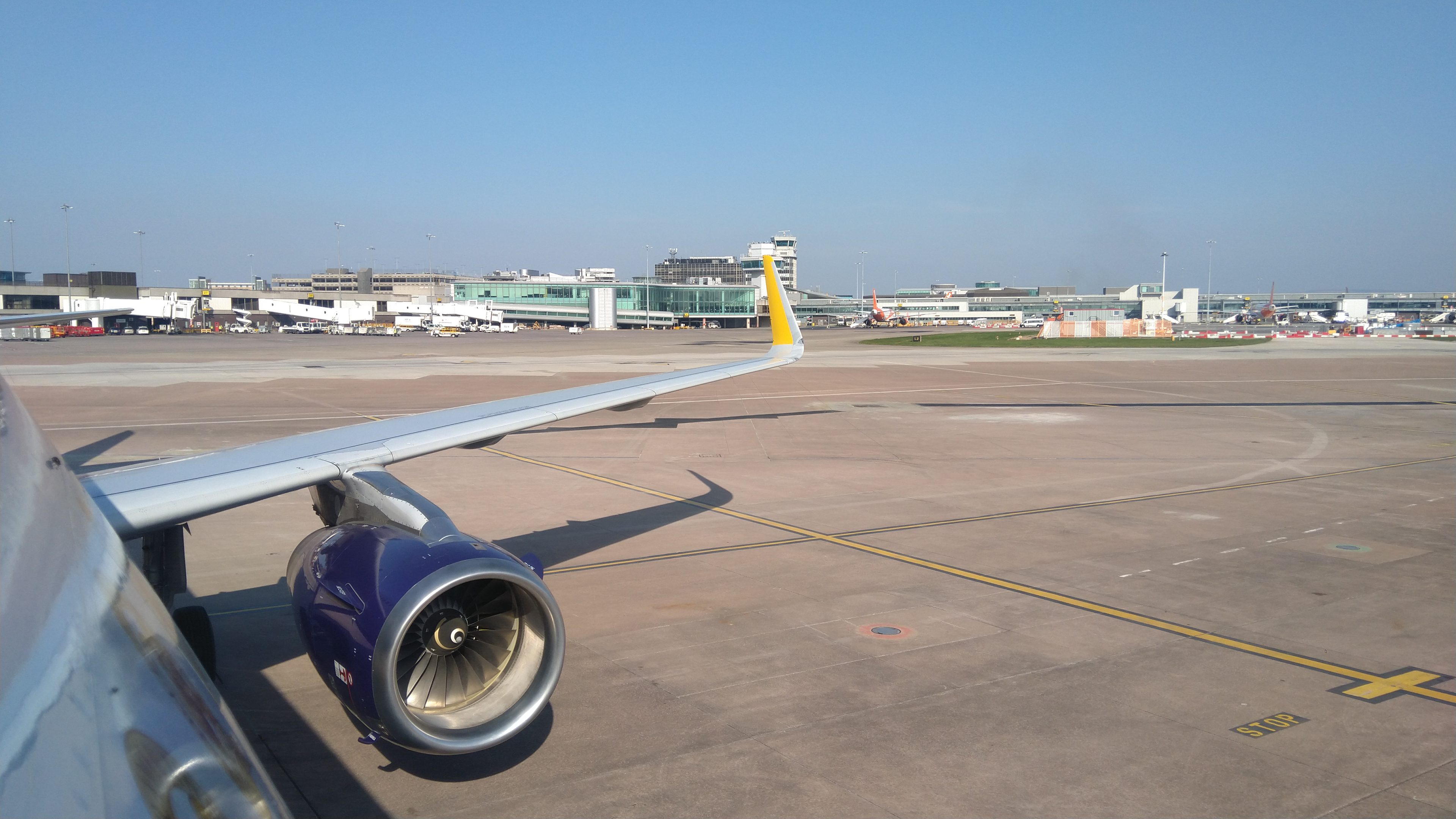The financial security of an aircraft lease and managing assets is a complex topic, there is multiple different considerations and as aircraft are high-cost items, awareness is paramount. In some cases, there might be more than one interested party even for one aircraft (such as engines installed leased from a separate lessor that the fuselage). Also, by their very nature aircraft can operate worldwide.
Depending on where an aircraft is registered and or operates it can be challenging to seize back aircraft, not least if they end up held by an airport or an authority due to unpaid fees. The lessor will always be aware of risk and look to mitigate the risk by not only knowing the environment and maintaining an active appraisal of it, but also the lessee and how stable the lessee is.
As we know from prior posts the lease is there to protect the asset value as best possible for the lessor. As a part of the protection a due diligence of the financial security of the lessee is paramount, it is important and there is often support built into the lease to allow this due diligence to take place.
The lease agreement will note finances to be provided and times or durations for these to occur also typically; linked to this is the agreement that a lessor can know the location of the aircraft also. Of course, this allows evaluation of the current situation and in the event of concern then a management plan might be placed together if required, or even preparations made in the event of being required.
Lease agreements might have statements included for example “Lessee agrees to furnish each of the following to Lessor:
(i) if requested by Lessor, the consolidated management accounts of Lessee (in Dollars, and comprising a balance sheet and profit and loss statement and cash flow forecasts) in English prepared for the most recent previous financial quarter certified by a qualified financial officer of Lessee as being true and correct, to be provided as soon as reasonably practicable after necessary filings with applicable regulatory authorities;
(ii) as soon as available but not in any event later than 180 days after the last day of each financial year of Lessee, to the extent permitted by Law, its audited consolidated balance sheet in English as of such day and its audited consolidated profit and loss statement for the year ending on such day (each in Dollars);
and
(iii) such other information concerning the location, condition, use and operation of the Aircraft as Lessor may from time to time reasonably request.”
Follow us on LinkedIn and for more and why not learn more and consider our range of courses
